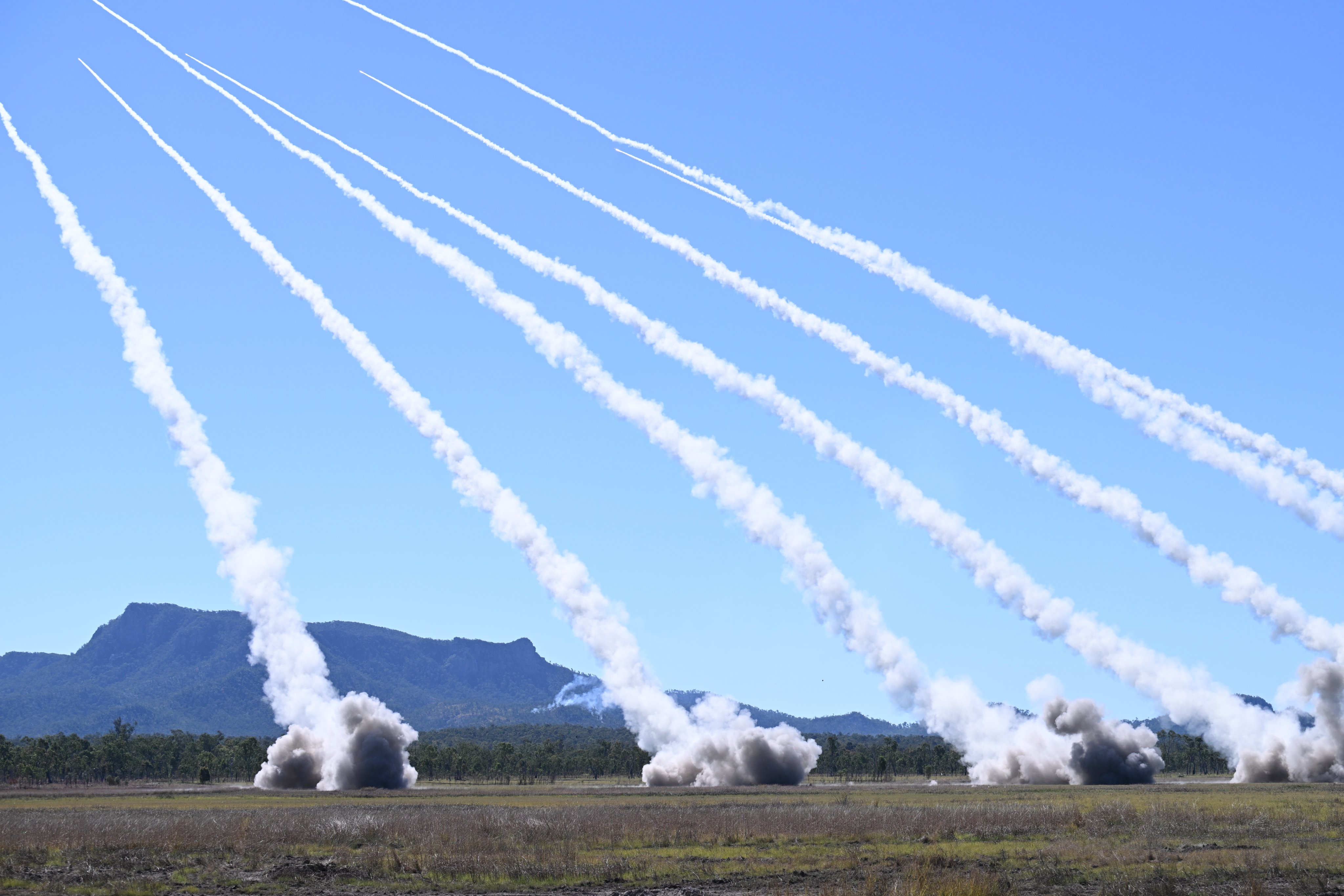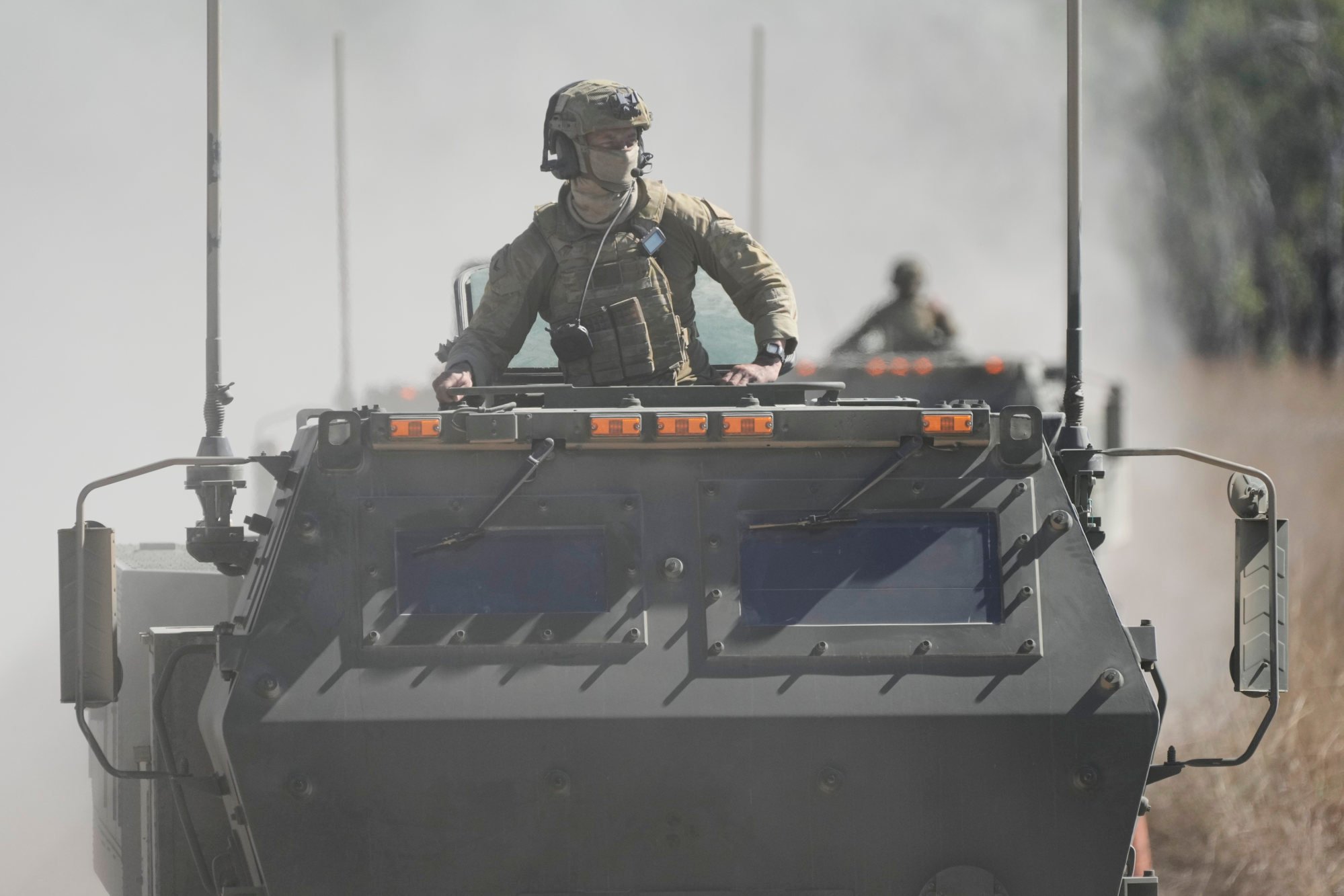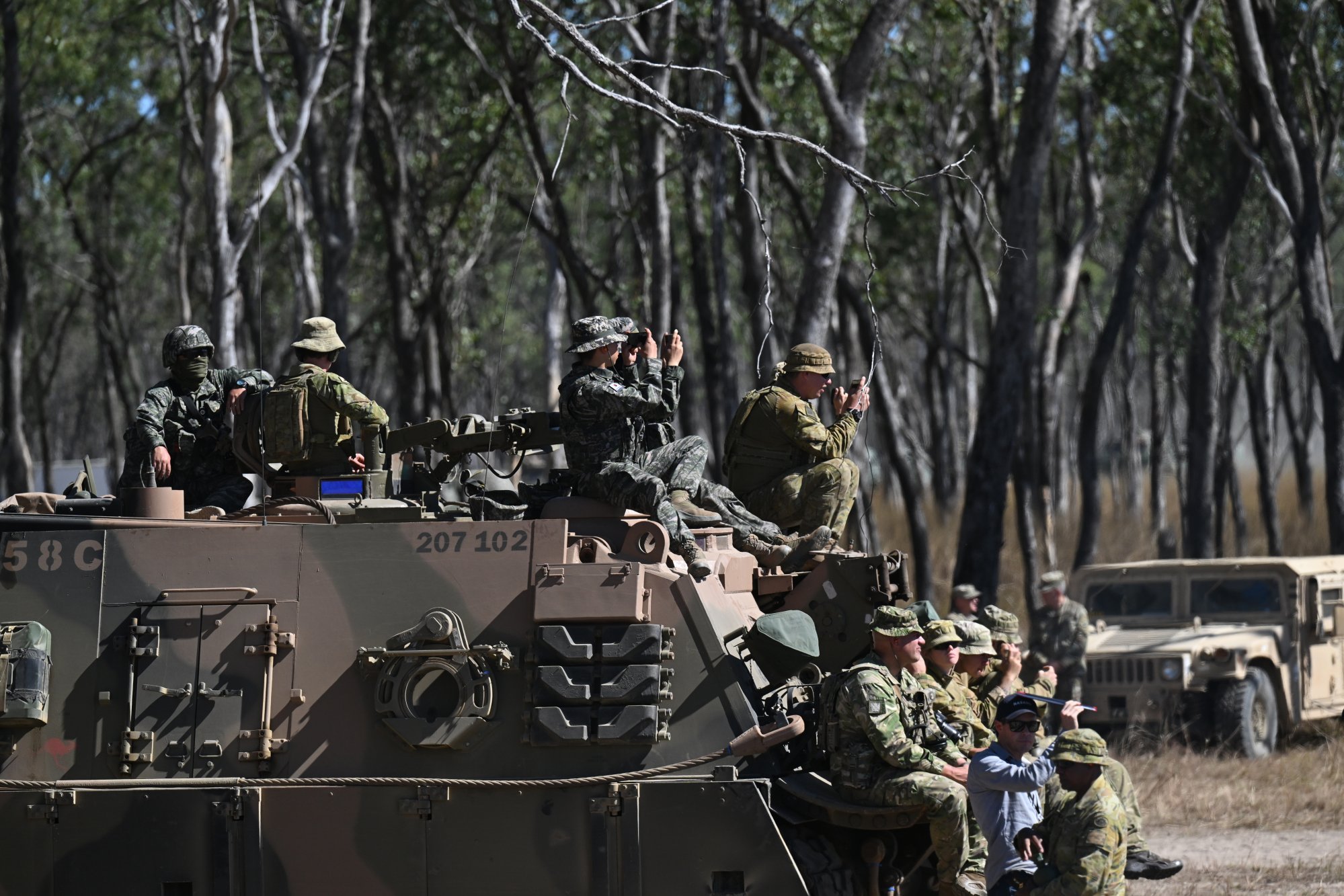Philippines in Australia-US drills: the ‘new normal’ in defence cooperation?
Manila’s participation in Exercise Talisman Sabre reflects upgraded ties with Canberra amid anxiety over Trump 2.0 and China, analysts say

The Philippines is taking part for the first time in Australia’s largest bilateral military exercises with the United States, joining thousands of troops from across the region for war games running until July 27.
Analysts say the move reflects Manila’s broader strategy of reinforcing defence ties, not just with Washington but also with like-minded regional powers, as US allies increasingly seek to diversify their security relationships and assert greater strategic autonomy amid uncertainty over US President Donald Trump’s foreign policy.
Thirty-two personnel from the Armed Forces of the Philippines are taking part in Exercise Talisman Sabre 2025, which is being held in several Australian cities, including Rockhampton, Townsville, Brisbane and Sydney.
The biennial drills feature more than 35,000 troops from 19 nations, including Canada, France, Germany, India, Indonesia, Japan, New Zealand, Norway, Papua New Guinea, the Philippines, South Korea, Singapore, Thailand and the United Kingdom.
The exercises are reportedly expected to draw surveillance from China, and also mark the use of Australia’s newly acquired M142 High Mobility Artillery Rocket System, a long-range weapon system the country has recently purchased from the US.
Colonel Xerxes Trinidad, chief of the armed forces’ public affairs office, said Manila’s participation “reflects the Philippines’ commitment to regional peace and security and further strengthens military ties with key allies and defence partners”.
Army chief Lieutenant General Roy Galido echoed the sentiment, saying the Philippines’ collaborative efforts with other like-minded nations “will play a crucial role in strengthening defence relations [ …] in the broader Indo-Pacific region”.

Deepening ties
The Philippines elevating its participation in Australia’s exercises reflects the upgraded partnership between both countries in security matters, analysts say.
“Australia and the Philippines deepening ties is the outcome of their upgraded relationship to a comprehensive strategic partnership,” Mark Manantan, director of cybersecurity and critical technologies at Pacific Forum, told This Week in Asia.
The growing partnership between Canberra and Manila “with direct or indirect links is the new normal in the US hubs and spokes of alliances and minilaterals”, Manantan said, amid the Philippines forging closer alignment with Washington through the Squad – a minilateral grouping composed of the US, Australia, Japan and the Philippines.
Manantan stressed that partnerships of this nature had been emerging, similar to heightened ties between the Philippines and Japan, after Japan’s Diet ratified its reciprocal access agreement with Manila in June to allow troops of either country to train on each other’s soil.
These partnerships reflected the increasing anxiety among US allies and partners on Washington’s unpredictability under Trump 2.0, “demonstrates the strategic agency and autonomy of such countries”, and their need for diversification, he said.
Unhandled type: inline-plus-widget {“type”:”inline-plus-widget”}
“Given all the recent changes in the international environment, whether through security or defence, [diversity] is the name of the game,” he said, adding that no country “relies on a singular ally or partner any more”.

An ‘anti-China’ chain?
Meanwhile, the Squad has been establishing itself as the “anti-China coalition” in the Indo-Pacific region, according to Vincent Kyle Parada, a former defence analyst for the Philippine Navy and a graduate student at the S. Rajaratnam School of International Studies in Singapore.
“As far as strategic interests and individual threat perceptions go, they’ve converged enough to allow them to openly act in a way that fundamentally alters the regional security architecture,” Parada said.
Unlike other minilateral groupings in the region, Squad members had an “explicit understanding” that security and military cooperation would be the foundation of the new partnership, he added.
The exercises took place just a day after Australian Prime Minister Anthony Albanese left for a six-day visit to China on July 12, as Canberra and Beijing prepare to review their 10-year-old free-trade agreement to bolster collaboration and explore growth areas in new technologies.
Meanwhile, China has been flexing its expanded naval capabilities in several instances this year, including a circumnavigation of Australia by its flotilla in March.
In June, China’s navy force deployed two aircraft carriers in the western Pacific region for the first time, crossing the US-designed island chain strategy.
This month, a Financial Times report revealed that the US has been pressing defence officials from Japan and Australia to clarify what roles they would play in the event of a war between the US and mainland China over Taiwan, despite Washington’s own policy of strategic ambiguity regarding its defence of Taiwan.
“As Washington pushes allies to make direct commitments to deploy troops or make declarative statements on a Taiwan contingency, countries like Australia, the Philippines and Japan are put in an awkward or even tense position vis-a-vis China,” Manantan said, adding that the Philippines’ geography made it an indispensable asset in the US’ strategy in the Taiwan Strait.
However, Parada said the Indo-Pacific remained the Trump administration’s priority theatre, with its Squad allies’ diplomatic and military support viewed as important in countering Chinese influence in the region.
“Japan and the Philippines serve as crucial links in [the US’] ‘island chain’ strategy. Australia could potentially act as a logistical hub and forward operating base for US forces, as it did in World War II,” Parada told This Week in Asia.
Manila’s defence relationships with the three countries served as a “two birds, one stone scenario” that simultaneously improved their position along two major flashpoints, he said.
“The Philippines’ proximity to not just the South China Sea but also Taiwan makes it an ideal staging ground for allied forces … In a Taiwan scenario, it’s a relatively safe haven in a contested space that allows force commanders a degree of flexibility in the way they respond to threats, and more importantly, provides them with a staging ground for humanitarian assistance and disaster relief,” Parada said.
Manantan stressed, however, that it “would not make strategic sense” for Manila, Tokyo or Canberra to make any commitments on Taiwan given the US’ own ambiguous policy and the Trump administration’s track record of making unilateral decisions.
“What most allies fear it the current propensity of the US to make bilateral deals … It might be the case that Trump can strike a deal with President Xi [Jinping] on Taiwan and if that happens, Tokyo, Manila and Canberra’s relationship with Beijing can be greatly undermined should they decided to deploy troops on a hypothetical invasion,” he said.
“So I see the chain more as an entanglement rather than a cord that unifies or strings all allies in a coordinated fashion.”